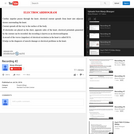
This video explains electrocardiogram wave forms.
- Subject:
- Life Science
- Material Type:
- Lecture
- Date Added:
- 06/24/2016

This video explains electrocardiogram wave forms.
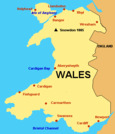
This case study describes the educational use of an open dataset collected as part of a thousand mile research walk. The content connects to many hot topics including quantified self, privacy, biosensing, mobility and the digital divide, so has an immediate interest to students. It includes inter-linkable qualitative and quantitative data, in a variety of specialist and general formats, so offers a variety of technical challenges including visualisation and data mining as well. Finally, it is raw data with all the glitches, gaps and problems attached to this.
The case study draws on experience in two educational settings: the first with a group of computer science and interaction design masters students in class-based discussions run by the first author; the second a computer science bachelor's project supervised by the second author.

Arrhythmias can be detected by seeing ECG waveforms.

Biology is designed for multi-semester biology courses for science majors. It is grounded on an evolutionary basis and includes exciting features that highlight careers in the biological sciences and everyday applications of the concepts at hand. To meet the needs of today’s instructors and students, some content has been strategically condensed while maintaining the overall scope and coverage of traditional texts for this course. Instructors can customize the book, adapting it to the approach that works best in their classroom. Biology also includes an innovative art program that incorporates critical thinking and clicker questions to help students understand—and apply—key concepts.


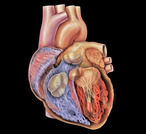
By the end of this section, you will be able to:Describe the structure of the heart and explain how cardiac muscle is different from other musclesDescribe the cardiac cycleExplain the structure of arteries, veins, and capillaries, and how blood flows through the body

By the end of this section, you will be able to:Describe the structure of the heart and explain how cardiac muscle is different from other musclesDescribe the cardiac cycleExplain the structure of arteries, veins, and capillaries, and how blood flows through the body

This course presents the fundamentals of digital signal processing with particular emphasis on problems in biomedical research and clinical medicine. It covers principles and algorithms for processing both deterministic and random signals. Topics include data acquisition, imaging, filtering, coding, feature extraction, and modeling. The focus of the course is a series of labs that provide practical experience in processing physiological data, with examples from cardiology, speech processing, and medical imaging. The labs are done in MATLAB® during weekly lab sessions that take place in an electronic classroom. Lectures cover signal processing topics relevant to the lab exercises, as well as background on the biological signals processed in the labs.

ECG is a machine to record electrical activity of the heart which can be done by using ECG strips. Interpret the ECG is a useful tool to assess the haert functions.
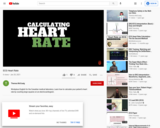
Workplace English for the Canadian medical laboratory. Learn how to calculate your patient's heart rate by counting large squares on an electrocardiogram. .P...

This Video discusses signal processing uses and fuzzy logic.
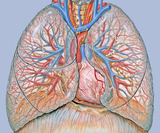
Introductory image modification only.

This course elaborates on the application of the principles of energy and mass flow to major human organ systems. It discusses mechanisms of regulation and homeostasis. It also discusses anatomical, physiological, and pathophysiological features of the cardiovascular, respiratory, and renal systems. There is emphasis on those systems, features, and devices that are most illuminated by the methods of physical sciences.

Uses of ECG.